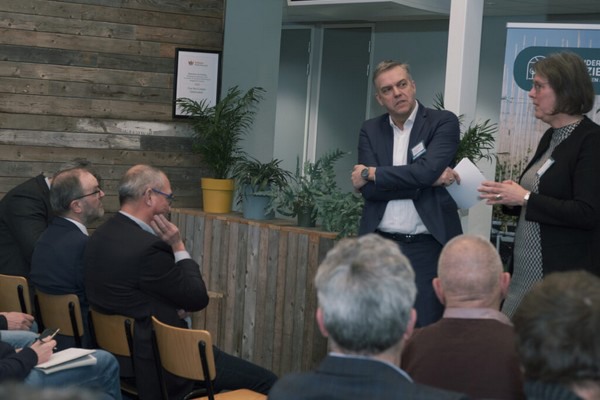Combining farming and energy production on the same plot sounds appealing. But is it feasible yet? In the Netherlands, scientist Dr. Wilma Eerenstein, a partner in the Sunbiose project, highlights the challenges that still exist, Fruitpact reports.
Solar panels placed above horticultural crops can impact those crops' yield. However, there are also advantages, Dr. Eerenstein pointed out during a meeting about Crop-Supporting Facilities. Fruitpact, Laanboompact, Glastuinbouwpact Bommelerwaard – Tielerwaard, and Greenport Gelderland presented a guide to the regional board.

"Panels above, for example, fruit trees protect against diseases, limit evaporation, and improve water management. You can better capture and store water and diversify agricultural land use. An orchard has limited temperature fluctuations, and frost damage is reduced. So, you have less damage, no plastic covers to invest in, and storms and hail have less impact," says Dr. Eerenstein.
But there are other consequences, as shown by the trials conducted so far during the Sunbiose project. Various Dutch growers and research organizations - ZLTO, WUR LTO Noord, and TNO - participate in these. "You get about 20% less crop or yield, and the fruit loses an equal percentage of sugars. The effect on pears has not yet been investigated, though."
Then, there is the issue of the panels above the crops. "Current spatial rules state that placing panels above crops constitutes a solar park. But it's agricultural land. A guide like the one the regional organizations have issued could change that. After all, it's primarily a crop-supporting facility," Dr. Eerenstein explains, "and the land retains its agricultural status. A high hedge around a plot could visually improve the situation. Also, solar panels cost more than covers or nets."
She determines that further research is needed. "We must know more about the impact on crops and establish a profitable business model. Legislation must change, too, and we need to improve the structures' design. In France, work is being done on movable panels, so more light reaches the crops, and the panels' yields improve by following the sun," Dr. Eerenstein concludes.
Source: Fruitpact
